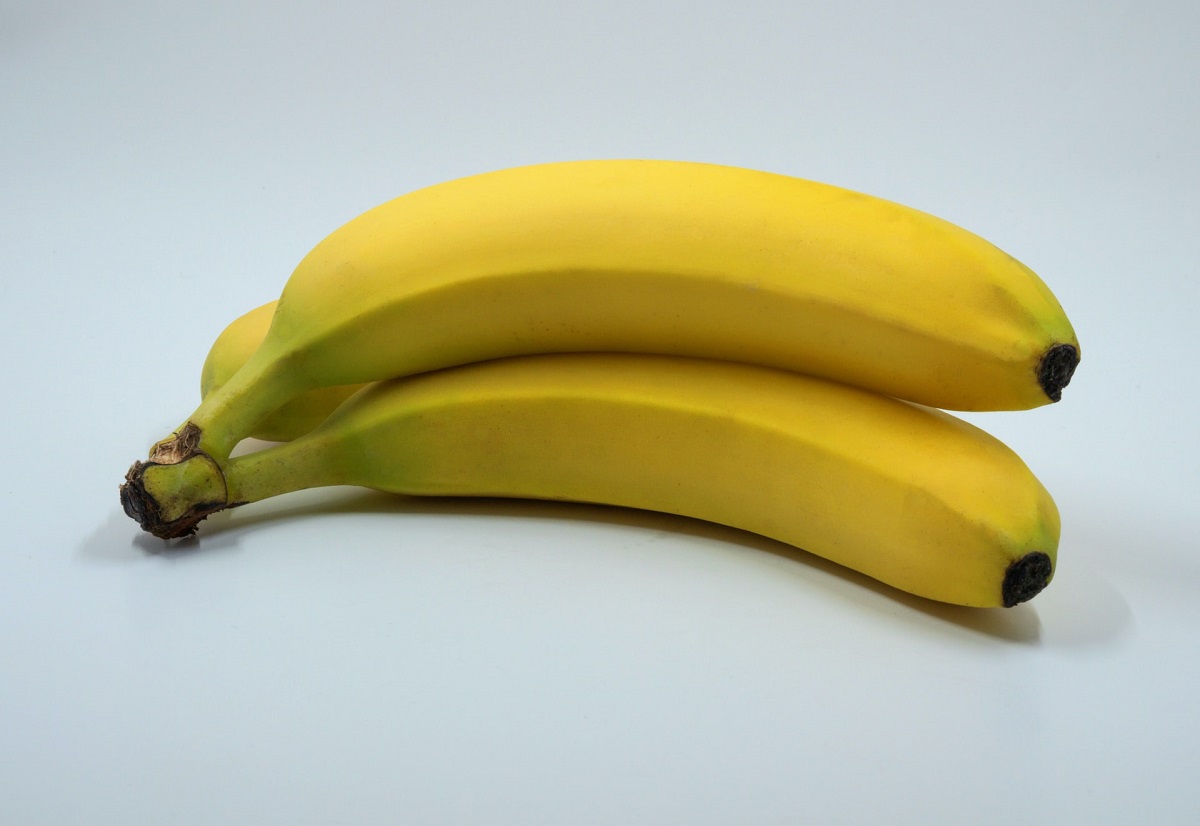The Cavendish banana (Musa cavendishii) is one of the world’s main commercial crops. It is a variety of banana with a consistent color and smooth peel. It is an ideal crop to grow at a large scale; it is resilient and abundant. Cavendish plants are also short, so they don’t fall easily in hurricanes and are relatively easy to spray with pesticides.
More importantly, the life of a Cavendish banana is so predictable that farmers know exactly what will happen when they plant it. They know how the plants respond to pesticide, when they will ripen, and how they will fare when placed in different situations.
Take a look at the sweet history of the Cavendish banana and its journey from a stately British home to export centers across the world.
The Legacy of the Dukes of Devonshire and Joseph Paxton
The Dukes of Devonshire are one of the most illustrious titles in Britain, thanks to their impressive lineage, vast wealth, and expansive lands. That’s why when the duke or anyone in the ducal family has a passion, they can fund it and help it grow.
In 1826, the 6th Duke of Devonshire was impressed with the work of Jospeh Paxton, a 23-year-old gardener who showed promise in cultivating plants for the gardens at Chatsworth, the family estate. To be a prolific gardener in the early 1800s was no small feat. Today, people use modern devices such as lawn vacuums, tractors, and smart irrigation systems to nurture a garden. But two centuries ago, most of the work, if not all, was done manually. Despite the hard labor, Paxton was able to cultivate a garden beautiful enough to impress the duke.
Paxton was promoted to head gardener and eagerly started breeding plants. During that time, the British aristocracy was interested in acquiring and cultivating plants from tropical regions. The problem, however, was that Britain’s climate was hostile to these sunlight-loving species.
The solution was hothouses, the precursor of modern greenhouses. Hothouses created an artificial environment that was heated to allow the survival of tropical plants. Chatsworth, although a grand estate, did not have a hothouse, so Paxton created a design and oversaw its construction.
The Great Conservatory of Chatsworth
When it was finished, the Great Conservatory in Chatsworth was the largest glass building and hothouse in the country, measuring at 20.4 m high, 84.4 m long, and 37.5 m wide. According to anecdotes, it was large enough to accommodate a carriage.
In this hothouse, Paxton nurtured a great variety of plants, including trees, ferns, and even aquatic plants. Paxton didn’t stop there—with help from the Duke of Devonshire, he designed and constructed a second conservatory, which was used exclusively to house a giant species of water lily.
The Cavendish Banana
Paxton then began cultivating the Cavendish banana in the Great Conservatory. In 1829, Charles Telfair sent banana plants from Mauritius to his friend Mr. Barclay in Burryhill. One of these plants were purchased in the name of the Duke of Devonshire, to be cultivated in the grand hothouse. By 1842, the conservatory housed twenty banana trees that produce abundantly. The fruit was so popular that it even reached the table of the French King in Versailles.
Today, the Cavendish banana is still grown in the Chatsworth gardens, but it is also cultivated by countless farms all over the world. It is exported, sold, and enjoyed by millions of people from different countries, bearing testimony that the Cavendish banana, though cultivated in a British home, has a universal appeal.

